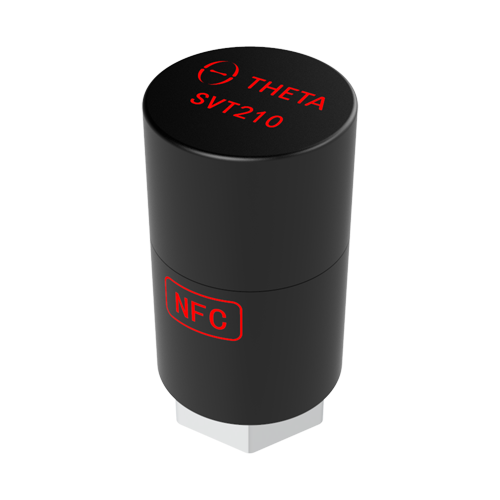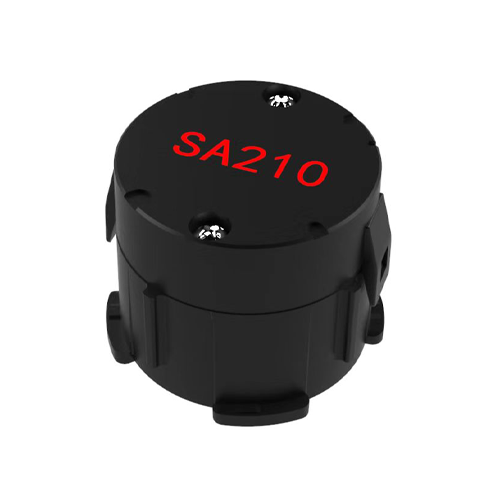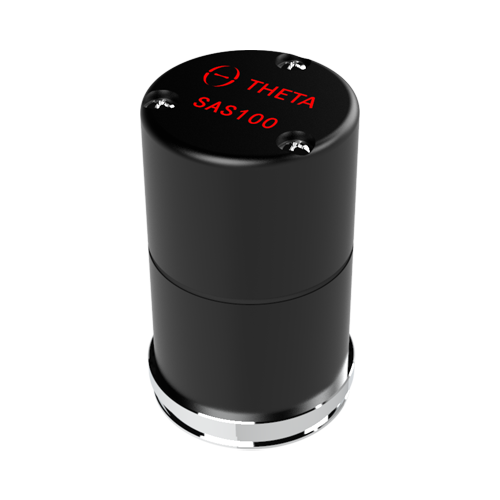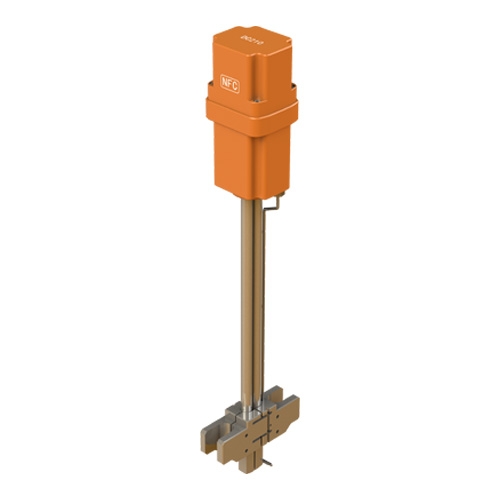Corrosion Monitoring System Deployed in Oil and Gas Production Site
Pipeline corrosion is a distinct problem in industries that depend on pipelines to transport products like slurry, refined petroleum products, natural gas, crude oil, etc.
There are significant incentives to monitor corrosion in oil and gas production. It is an important tool in the battle against premature degradation that can ultimately compromise safety and the environment, or have cost penalties due to lost production, repairs and unplanned replacements. Monitoring can provide a warning of high corrosion rates, verify the effectiveness of corrosion control, measure loss of wall thickness, and support remnant life extension.
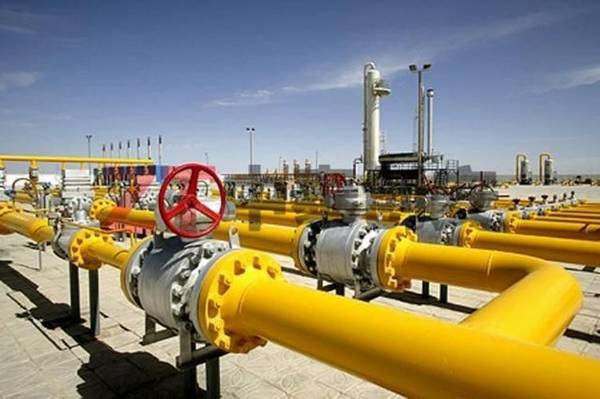
DC series wireless corrosion sensors are battery-powered industrial sensors designed for corrosion monitoring applications of critical pipelines and containers.
For this project, wireless corrosion sensors (model DC110) are used to monitor pipe thickness and metal corrosion rate at different locations. All sensor data is transmitted to the corrosion monitoring system via the 4G connection on the wireless gateway (model GU100X).
DC110 is compact in size and can be directly mounted to the outer wall of the pipe or container using epoxy.
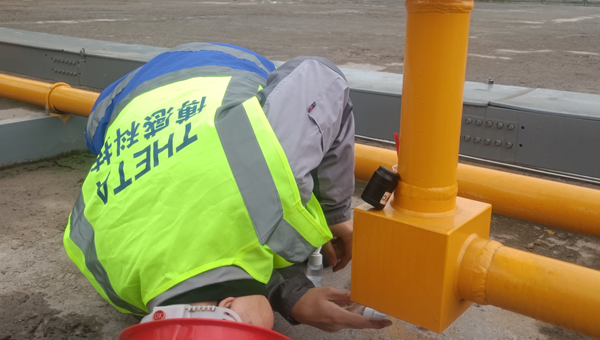
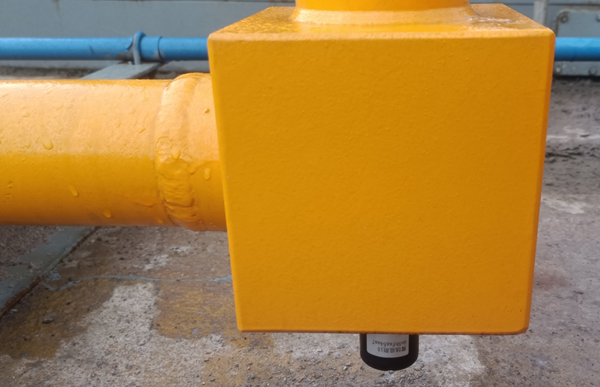
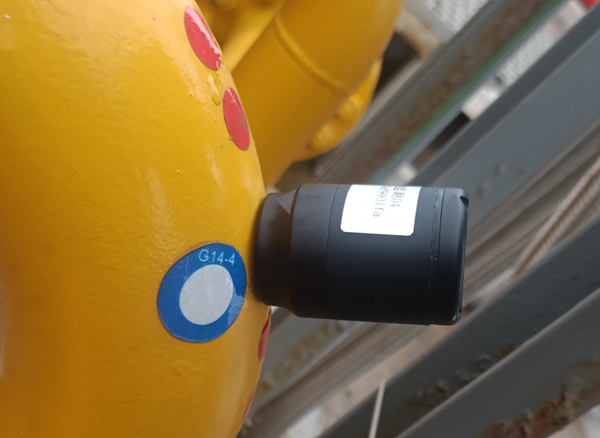
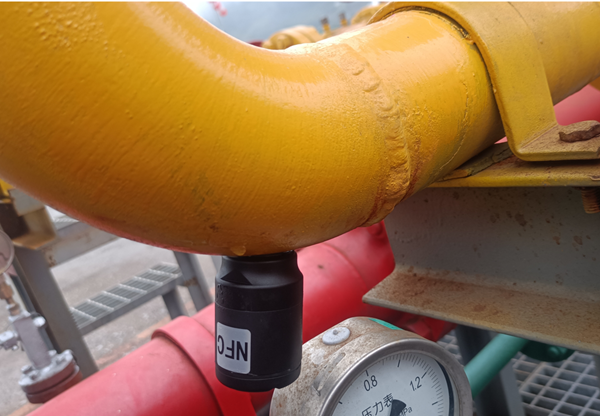
Each sensor is designed for ultra-low power consumption and has a battery life of more than 10 years for normal usage.
User can remotely monitor the corrosion status of pipelines and containers through an intuitive graphic user interface, receive early warnings and alarms of metal losses, and track progressive corrosions over time.

